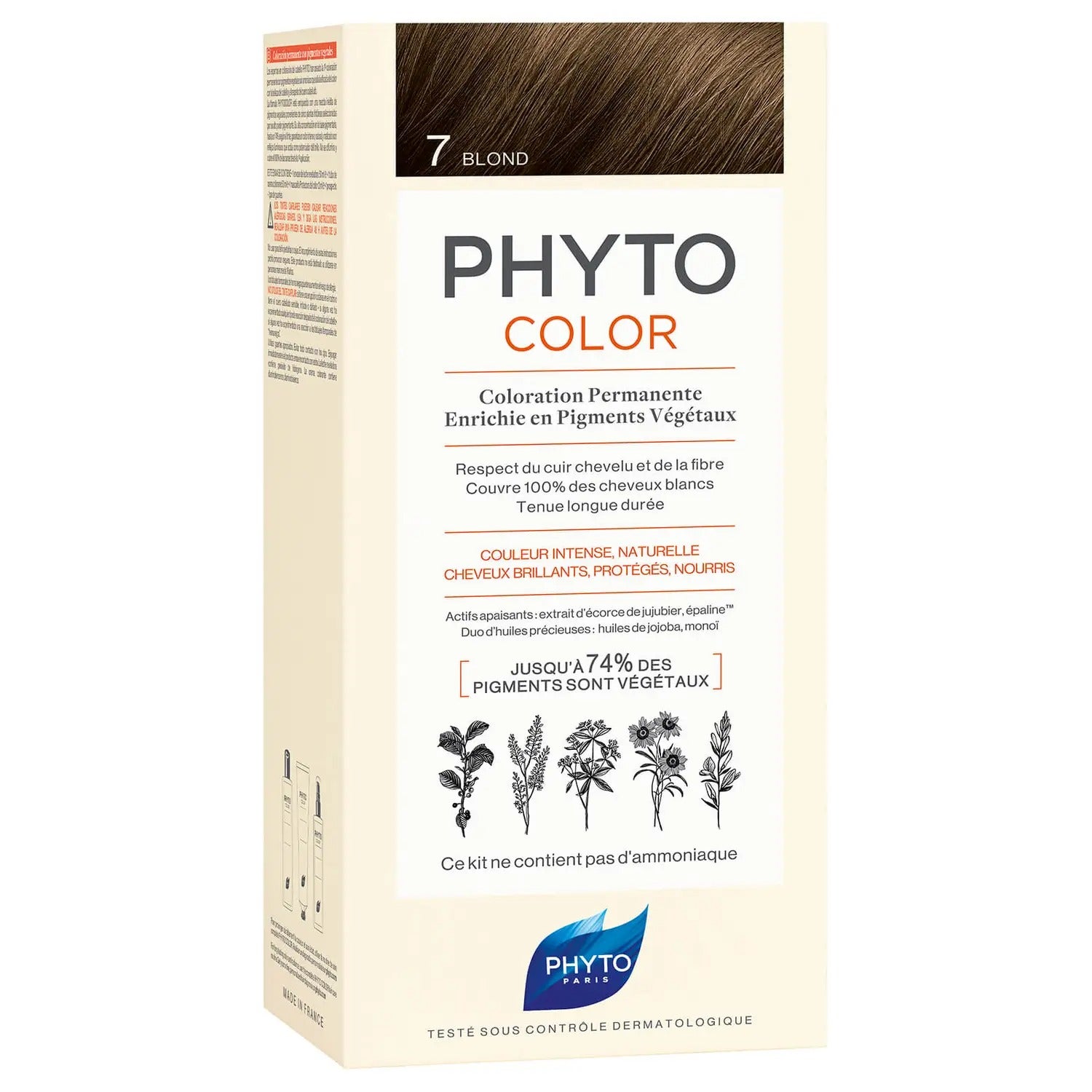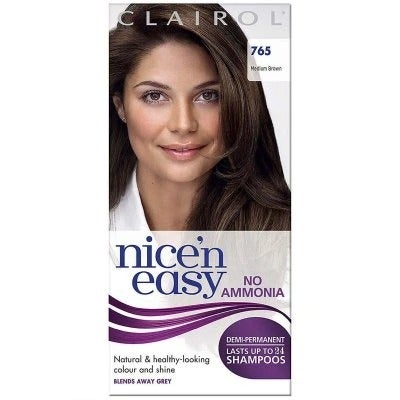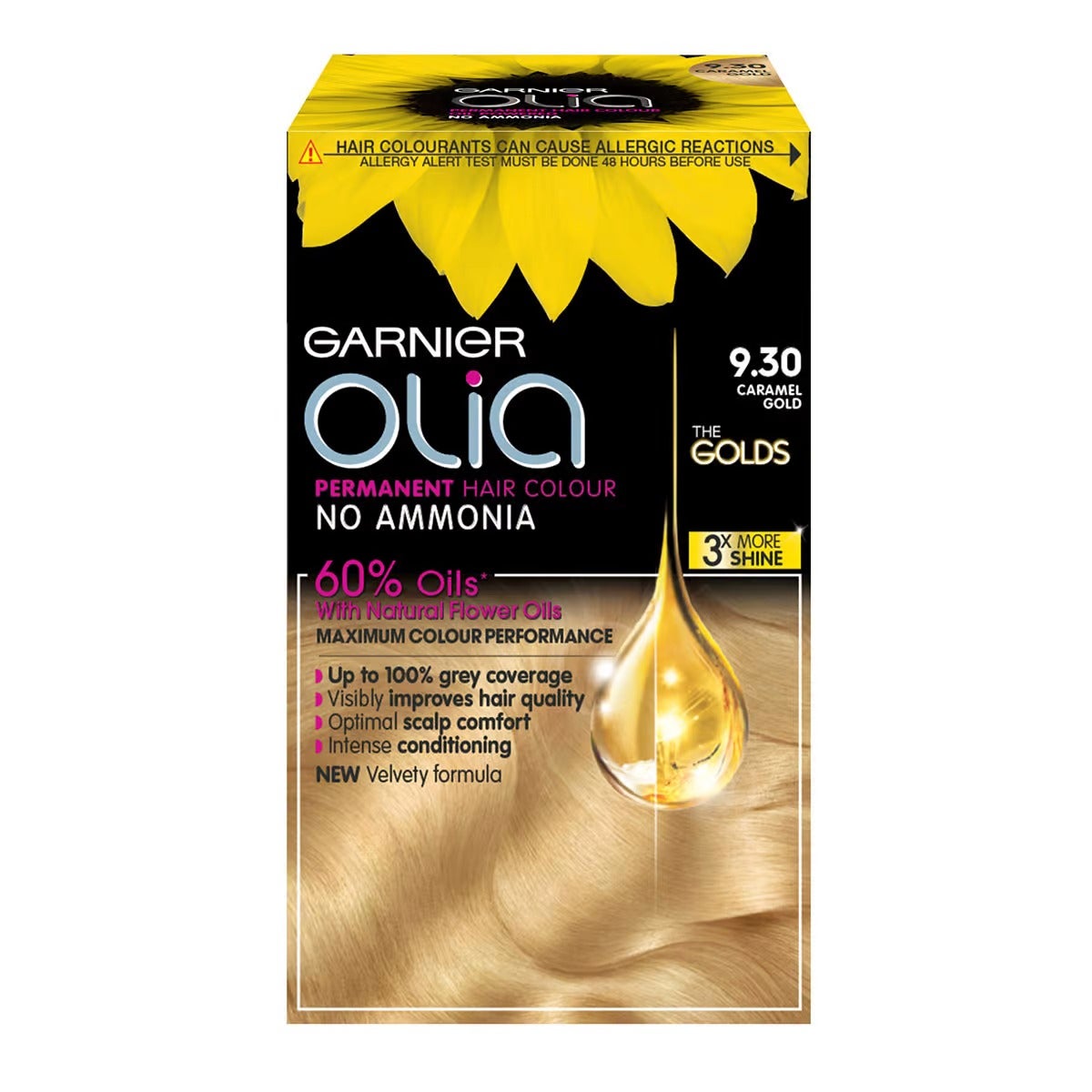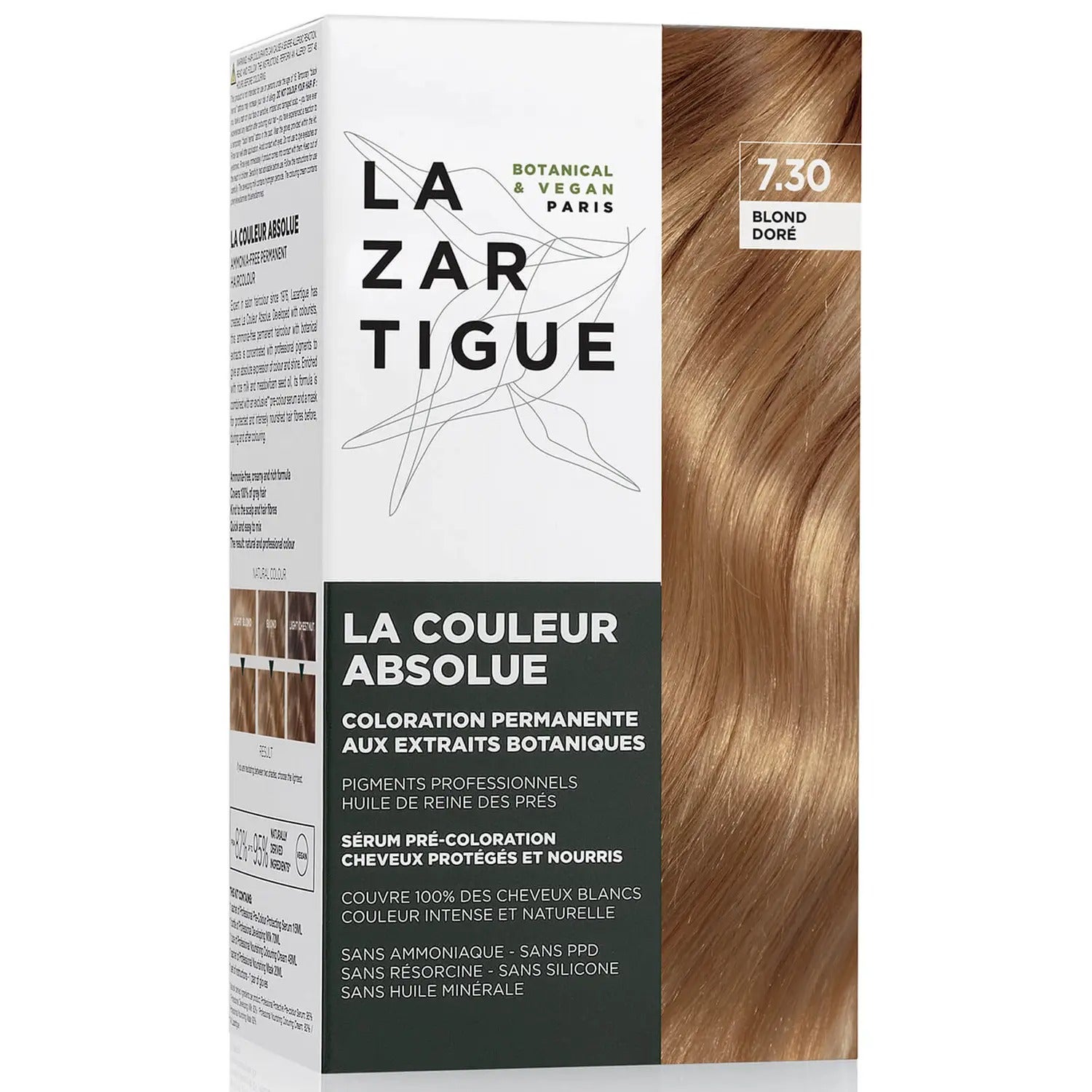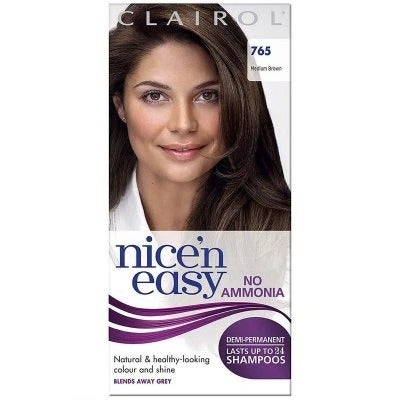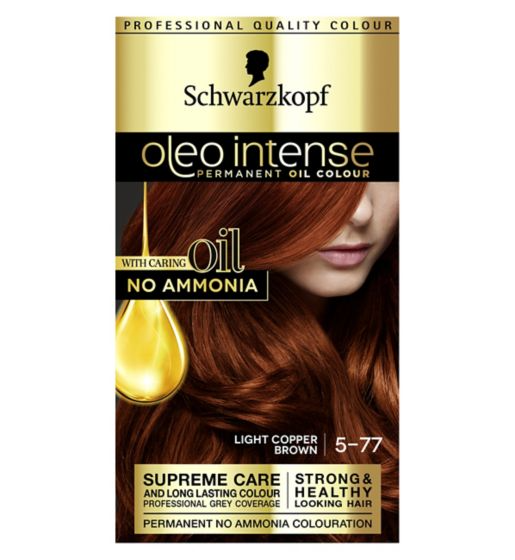From the way we socialise to how we work, coronavirus has changed so much about our lives — and it continues to have an impact on our overall health and wellbeing. Anecdotal evidence suggests the stress and anxiety of the pandemic has exacerbated skin issues like acne for many people, while hair loss is also reported to be a symptom by those who have overcome the virus. Even celebrities like Khloe Kardashian and Alyssa Milano have spoken candidly about their experiences.
Fast-forward to this month and it seems there might be another side effect of coronavirus that no one expected: extreme allergic reactions to hair dye. In September the BBC reported that hairdressers had noticed clients suddenly experiencing new sensitivities to hair dye after contracting the virus, with symptoms including painful burns, rashes and peeling skin. One woman claimed that a reaction to a patch test (a method used in salon to determine whether a substance may cause a skin reaction, usually by placing a tiny amount behind the ear) was so severe that it caused a hot, burning sensation and took off layers of her skin.
AdvertisementADVERTISEMENT
Unfortunately this doesn't seem to be an isolated incident. Hairdressers around the globe are sharing similar stories, which has prompted scientists to look into the link between coronavirus and hair dye allergies. With salons back in business after a very difficult year and a half, severe allergies and reactions like this are unwelcome news — especially with people booking in for new season hair colour changes in their droves. Are skin reactions anything to worry about? We asked a doctor and a dermatologist to explain what's going on and whether you might need to do anything differently at your next salon appointment.
Can COVID cause allergic reactions to hair dye?
"COVID-19 (and any other infections, in fact) puts your body in an inflammatory state," says NHS GP Dr Ahmed El Muntasar. "This means your body is more alert and it makes it easier for your body to react in an exaggerated way to a very small irritant." Dr Ahmed says that this is why you might react to something you might not have reacted to previously, which could explain why people who have been using the same dye for years are suddenly experiencing a reaction.
Usually when it comes to hair dye, Dr Ahmed says that you might have a small reaction without even noticing, for example your skin or scalp getting a little bit red under your hair. It seems coronavirus may heighten things. "With COVID-19, your body is more likely to inflame, swell and get irritated," says Dr Ahmed, "which could explain more of a reaction in a situation like this."
AdvertisementADVERTISEMENT
Dr Brian Hibler of Schweiger Dermatology Group in New York says that the association between COVID-19 and the development of new allergic reactions is still being investigated but researchers are looking into how the virus affects our immune system. "In theory, this could have implications on the development of new allergic reactions," he says. "However, we know that individuals may develop contact allergies slowly over time to products they previously used and tolerated many times before (even for years), so the relationship to COVID-19 may be a red herring." Dr Hibler suggests more studies to better track these cases would be helpful to tell if the incidence is truly increased after being vaccinated or exposed to COVID-19. "This will provide stronger evidence for a link between the two."
What does an allergic reaction to hair dye look like?
Dr Hibler explains that the warning signs of allergic contact dermatitis typically occur 24 hours to a few days after exposure to the allergen. "This triggers an itchy, red, sometimes blistering rash," he says. "The rash is generally confined to the area that was exposed to the allergen but in rare cases can become more generalised," spreading to other areas of skin. If the hair dye were to get on your face, neck or shoulders, Dr Hibler warns that you may break out in a rash in each of those locations. "Blistering can also occur with more severe contact dermatitis and facial involvement can result in profound swelling around the eyes, both of which may require treatment with oral steroids," he explains. A consultation with a dermatologist or your GP can help confirm the diagnosis and provide treatment recommendations, says Dr Hibler.
AdvertisementADVERTISEMENT
How can you stop your skin from reacting to hair dye?
"Paraphenylenediamine (PPD) is one of the most common allergens found in hair dyes that produces a contact dermatitis," says Dr Hibler. He suggests using a hair dye which is free from PPD. "This can reduce the likelihood of having an allergic reaction," he says. R29 rates Phyto Colour, £13, Christophe Robin Temporary Color Gel, £30, and Josh Wood Permanent Hair Colour.
Regardless of whether you've used a type of hair dye before, Dr Ahmed recommends a patch test (you can do this by depositing a tiny amount of product behind your ear or on the inside of your upper arm) before jumping straight in. Any properly qualified hair colourist will follow this protocol and the same goes for using a box dye, hair depositing masks and shampoos or any other permanent or temporary hair dye at home. If after 48 hours you haven't experienced a reaction, it's safer to proceed. "Even if you have used the product before but haven't used it for a while, you still should do a patch test," says Dr Ahmed. "The way our bodies react can change over time and reactions can be as severe as anaphylaxis, which is life-threatening."
If you've carried out a patch test but your skin is prone to sensitivity, you could apply a light layer of barrier cream (such as Vaseline) to your hairline and other areas of skin which may come in contact with hair dye.
AdvertisementADVERTISEMENT
What should you do if your skin has had a reaction to hair dye?
Dr Ahmed says that if you start reacting badly to something topical, get it off your skin as soon as possible. "Secondly, take an antihistamine," he says. "Things like Piriton are brilliant as they physically reduce the reaction and inflammation in your body." After 30 minutes, Dr Ahmed suggests reassessing the situation. "If you feel like you're breathing heavily or your heart rate is different in any way, it's worth going to A&E for a check-up. Things like this can badly affect your breathing and cause swelling in your throat, and you will need to seek urgent medical attention." The good news is that Dr Ahmed says this is pretty rare but it's important not to ignore any symptoms.
What are the best PPD- and ammonia-free hair dyes?
A favourite among colourists and beauty editors, Josh Wood Colour's permanent hair dye is PPD-free, as is hair dye by Phyto and Lazartigue. Ammonia can also be an irritating ingredient for some people but Garnier, Clairol and Schwarzkopf have formulated the below dyes without it.
shop 6 products
Refinery29's selection is purely editorial and independently chosen – we only feature items we love! As part of our business model we do work with affiliates; if you directly purchase something from a link on this article, we may earn a small amount of commission. Transparency is important to us at Refinery29, if you have any questions please reach out to us.
AdvertisementADVERTISEMENT







